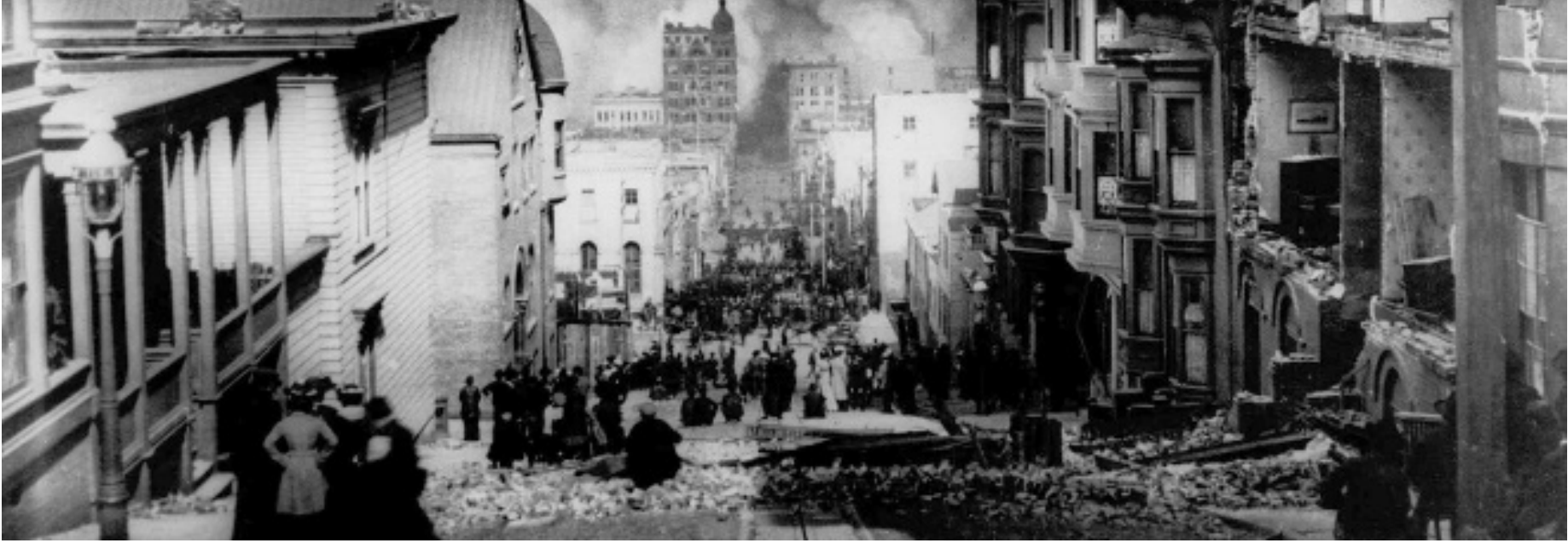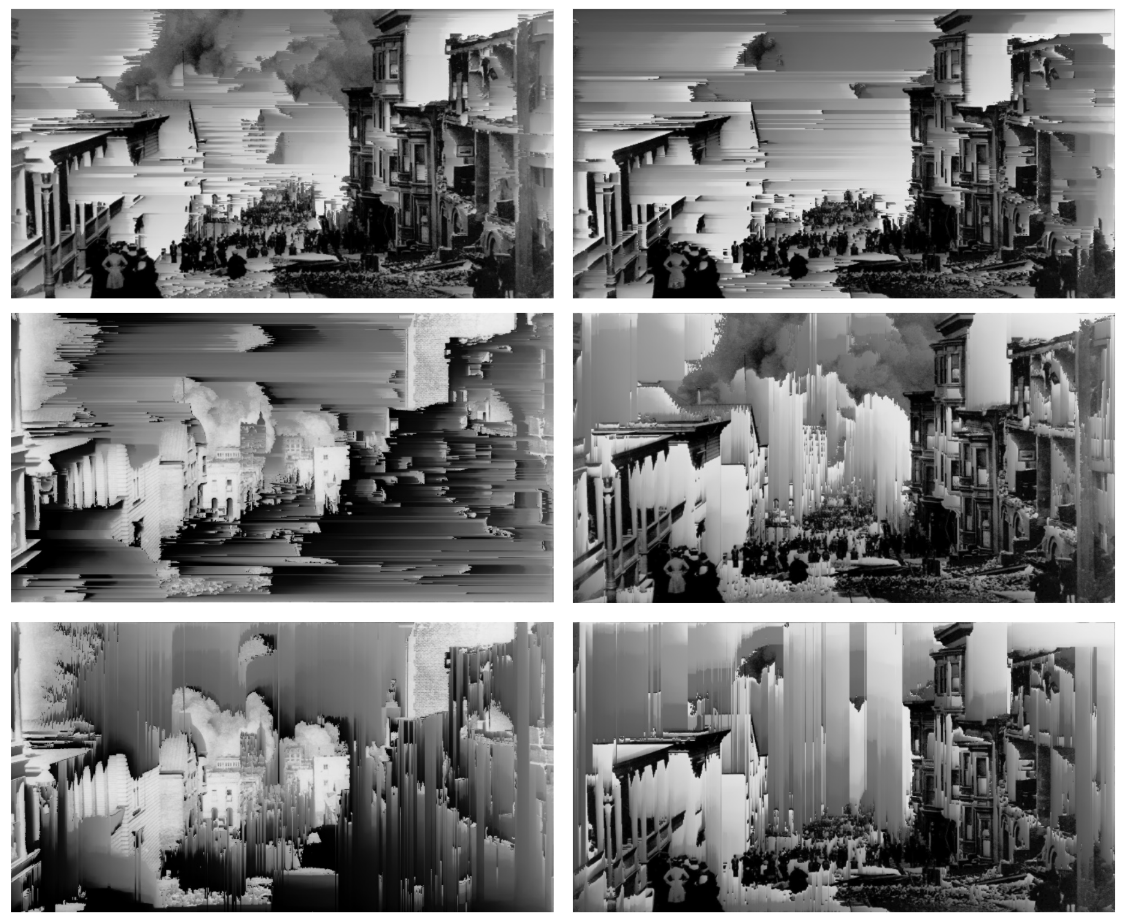Summer Research Dispatch: Yang Liu on VR
Each year, the Berkeley Center for New Media is thrilled to offer summer research awards to support our graduates in their cutting edge work. Below, Yang Liu describes how he used the funds to work on his VR project, UNREAL.
The summer research award provided an opportunity for me to further develop my VR project called UNREAL. This project is mainly about exploring the potential usage of virtual reality in architecture design, especially about how to increase a sense of place.
The project is based on an existing iconic building – Transamerica tower which is located at a historical area of San Francisco. The pyramid is not open to the public and it looks isolated and obsolete now. By visiting the historical museum, I found some critical history of the area for example, California Gold Rush, San Francisco Earthquake and the buried ships. I was surprised that there is a ship literally buried underground near the Transamerica Pyramid. However, as time goes by, the history tends to fall into neglect. Therefore, how to unveil the rich history of the area through imagery becomes the focus point of my research. It may be possible to bring all the history back and show it to the visitors by taking the advantage of virtual reality. So, I started to collect historical images, put them into digital space and texture map the 3D model. Moreover, some historical elements are recreated so that the history could be revisited in a tangible way. For example, a buried ship is placed in the scene with a foggy effect; some images are wrapped around geometries to simulate a three-dimensional feeling as shown below.

Additionally, the surrounding context of Transamerica Pyramid is redesigned in order to create a slightly (un) familiar architecture form so that the sense of place could be stimulated and the present and the past could be linked in the virtual world. After recreating some historic objects, I was considering other ways to represent the history and to leave space for thinking. Then I started processing the images to get multiple readings. The images below show some result of processing. I used the pixel sort to generate some new blurred images which can be interpreted in other ways.

Image before processing

Image after processing
The award made it possible for me to visit a lot of museums and historical buildings in different cities to better understand the relationship between the past and present. I observed how the history was being read and found the importance of rendering related atmosphere in architecture design. I was intrigued by the role of materiality in creating the sense of place and I therefore started the research on image processing.
